In the ever-evolving world of web development, front-end frameworks have become indispensable tools for developers and businesses alike. Among these, React and Vue have emerged as two of the most popular frameworks for creating dynamic, responsive, and user-friendly web applications. But what makes these frameworks so widely adopted? Let’s explore why front-end frameworks like React and Vue are popular, and how they influence modern web design and web development.
Understanding Front-End Frameworks
A front-end framework is a collection of pre-written code that helps developers build the user-facing part of websites and web applications efficiently. It provides a structured approach to design, interactivity, and responsiveness. Instead of writing code from scratch, developers leverage these frameworks to create complex applications faster and with fewer errors.
Both React and Vue serve this purpose effectively. While React is maintained by Facebook and widely used in enterprise applications, Vue is an open-source framework praised for its simplicity and flexibility.
1. Component-Based Architecture
One of the primary reasons React and Vue are popular is their component-based architecture. Components are reusable, self-contained pieces of code that manage their own structure, styling, and behavior. This allows developers to build scalable applications where code can be reused across multiple parts of the application.
For web design, this means consistency in the interface, as similar UI elements can be reused, ensuring a seamless user experience. In web development, it enhances maintainability and reduces redundancy, making projects easier to manage and update over time.
2. High Performance
React and Vue are designed to optimize performance. React uses a virtual DOM, which allows it to efficiently update only the parts of a page that need to change rather than reloading the entire page. Vue also leverages a virtual DOM along with reactive data binding to deliver fast performance.
High performance is critical in web design, as users expect smooth and responsive interfaces. From a web development perspective, faster apps reduce server load and improve user retention, which is vital for businesses looking to maintain competitive digital platforms.
3. Flexibility and Ease of Integration
React and Vue are highly flexible and can be integrated with other libraries, frameworks, or existing projects. This adaptability allows developers to enhance existing web applications without a complete overhaul, saving time and resources.
In terms of web development, this means businesses can adopt new technologies without disrupting their current systems. For web design, flexibility allows designers to experiment with dynamic interfaces, animations, and interactive components that enhance user experience.
4. Large Community and Ecosystem
Both React and Vue benefit from large, active communities. React, being older and backed by Facebook, has extensive documentation, tutorials, and third-party libraries. Vue, while newer, has quickly gained a passionate community that contributes plugins, components, and support for developers worldwide.
This active ecosystem is essential for web development, as it ensures continuous improvements, troubleshooting assistance, and access to ready-made solutions. From a web design perspective, it enables faster implementation of modern UI/UX trends through reusable components and prebuilt templates.
5. Strong Developer Experience
React and Vue prioritize developer experience. They provide clear documentation, intuitive syntax, and efficient debugging tools, which makes them easier to learn and use compared to older frameworks.
For businesses investing in web development, this means faster onboarding of developers and smoother project execution. In web design, this translates to quicker iteration cycles, enabling designers and developers to test, modify, and improve interfaces efficiently.
6. Scalability
Scalability is another reason for the popularity of React and Vue. Both frameworks support modular development, which allows applications to grow without losing performance or maintainability. Large-scale projects, like e-commerce platforms or enterprise applications, benefit greatly from this modularity.
In web design, scalable components ensure consistency as new features are added. In web development, scalability ensures that applications can handle increasing user loads without requiring a complete redesign, which is critical for long-term business growth.
7. SEO-Friendly Features
React and Vue have evolved to support server-side rendering (SSR), which helps web applications become more SEO-friendly. This is crucial for businesses looking to attract organic traffic and improve visibility in search engines.
For web design, SEO-friendly frameworks allow designers to structure content more effectively while maintaining interactive and dynamic elements. For web development, it ensures that applications meet modern web standards without compromising performance or user experience.
Conclusion
The popularity of front-end frameworks like React and Vue is no accident. Their component-based architecture, high performance, flexibility, strong developer experience, scalability, and SEO-friendly features make them ideal choices for modern web development projects.
Integrating these frameworks into web design ensures visually appealing, responsive, and consistent interfaces. Meanwhile, in web development, they enable developers to build efficient, maintainable, and high-performing applications.
Businesses that leverage React or Vue not only improve user experience but also gain a competitive edge in a digital landscape where speed, functionality, and engagement are key. For anyone involved in web design or web development, mastering these frameworks is now more relevant than ever.




